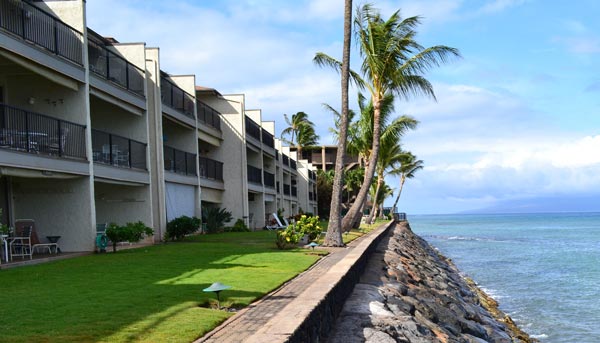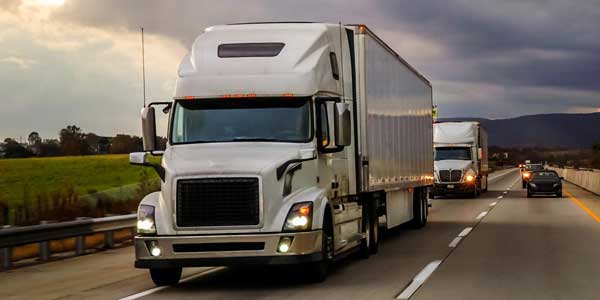The primary coverage on auto insurance policies is liability coverage, which is required in many states to ensure drivers can pay for any damages or injuries they cause behind the wheel. But did you know that approximately 17% of Washington drivers are driving around with no coverage? In the event you cross paths with one of these drivers, you could be left without a way to pay for your auto repairs or medical bills. Rather than taking this risk, it is wise to invest in additional protection on your own auto insurance policy. By opting for Uninsured and Underinsured Motorist coverage, you can protect yourself and your passengers against the uninsured drivers.
What is UM Coverage?
UM is the abbreviation for Uninsured and Underinsured Motorist. This coverage is designed to mimic liability coverage in the event the at-fault party isn’t carrying any liability insurance of their own. If you are out driving and get rear-ended by a driver without any liability insurance, you could file a UM claim with your own insurance company. Your insurance company pays to fix the car and cover your doctor visits out of this coverage. This limit simulates liability limits, so coverage is offered with both personal injury and property damage. These limits ensure you can provide yourself and your passengers some coverage for your injuries and you can repair or replace your car if you get hit by an uninsured driver.
Uninsured Motorist vs. Underinsured Motorist
UM coverage encompasses both uninsured drivers and underinsured drivers. An uninsured driver is someone who doesn’t carry any insurance coverage at all. What is even more common are drivers with less coverage than recommended. The state minimum acceptable liability limit in Washington state is $25,000 per person and $50,000 per accident for personal injury and $10,000 per accident for property damage.
Anyone carrying these limits may not have enough coverage for the average accident. Newer vehicles on the road can be anywhere from $20,000 to $80,000 depending on their size and features, so that $10,000 unfortunately won’t go very far if a more expensive vehicle is severely damaged or even totaled. When it comes to medical bills, these can surpass $25,000 quickly if any serious injuries are present or if chronic health issues develop because of the accident. Ambulance rides, hospital stays, emergency surgeries, physical therapy, and more can rack up some hefty costs. In the event you are hit by someone that doesn’t carry enough insurance to pay for the accident, you can use your Underinsured Motorist coverage to take care of the difference.
Uninsured Motorist coverage also protects against hit-and-run accidents. If a driver runs into you and doesn’t stop, you may be left with no means to pay for the damages or injuries. However, if you have UM coverage on your policy, you can use this coverage to pay for the aftermath of the hit-and-run accident. This type of accident unfortunately happens about once every minute in the U.S., so it is best to carry this coverage instead of taking the risk.
Opting for the Right Uninsured Motorist Limits
In order to make sure you have the right level of protection, it is important to choose adequate limits for a potential accident with an uninsured or underinsured driver. You will want to consider your specific vehicle as well as potential damage caused in the course of the accident. Your vehicle may be worth $30,000 to replace, in which case opting for $10,000 would simply not be enough in the event the car is a total loss. Even if you drive a relatively inexpensive vehicle, it is still wise to opt for a higher limit in case your vehicle causes damage to other property in the accident. Perhaps the person who rear-ended you pushed you into a city lamp post. That driver is technically at fault, but if they don’t have any insurance, then the city may pursue your insurance instead.
In these scenarios, it is best to be able to use your Uninsured Motorist coverage instead of Liability coverage. Liability claims will be used on your claims history as an at-fault accident, whereas UM claims are fault free. This means they are not used against you as a rating factor when you have an insurance renewal or wish to switch insurance carriers. Having a clean claims history makes a huge difference in your monthly rates, especially considering these claims are maintained for an average of 3 years with most insurance companies.
When it comes to personal injury, it is wise to consider the worst case scenario. Imagine you are hit by an uninsured driver and have to be rushed to the hospital. Various medical needs can quickly add up and leave you with costly medical bills. Higher limits are often offered in amounts of $100,000 and $300,000 or $250,000 and $500,000. These limits clearly provide additional protection for catastrophic accidents that have serious or long-lasting injuries so you don’t get caught footing the bill for years to come.
Review Your Uninsured Motorist Coverage
It is a good idea to review your insurance policy to make sure your limits for liability and Uninsured Motorist are still sufficient. If you chose to waive UM coverage when you first started your auto insurance, it may be time to revisit this coverage to make sure you are prepared for accidents with uninsured drivers. Talk to our personal lines agents today to make sure your policy is properly protecting you against the unexpected.







